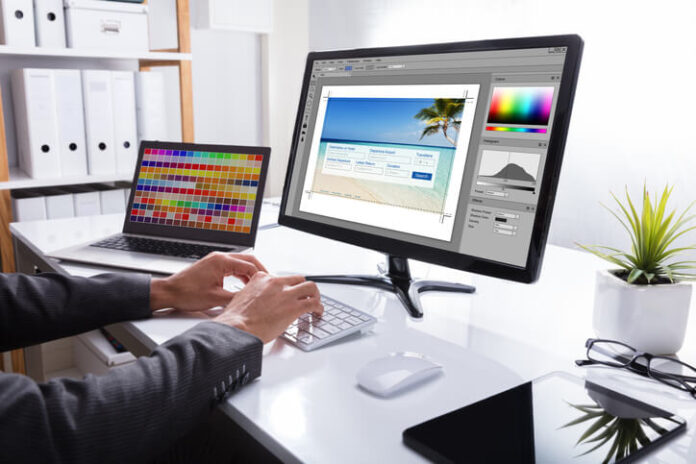In the vast and ever-evolving world of 3D design, choosing the right software is crucial to bring your creative visions to life. With a wide array of options available, each offering unique features and capabilities, finding the ideal 3D modeling software for your design needs can be daunting.
But you can’t do without them. They are the key to having impeccable deliveries and designs. So, if you are looking to get the best out of 3D modeling, you will want to sort for the best software on the market.
We have made the job easier. So in this post, we will be considering some key factors you should consider when in the market shopping for the best 3D modeling software for your design needs. Just keep reading!
How to Find the Best 3D Modeling Software for Your Designs
#1: Understand Your Design Goals and Workflow
Before delving into 3D modeling software, it’s essential to understand your specific design goals and workflow. Are you creating character models for animation, architectural designs, product prototypes, and game assets?
Each field may have different requirements and demands. So, to get the best software for your specific designs, you will need to narrow down the software options to find the one that best aligns with your design goals.
Understanding your design goals and workflow will help you determine the key features and functionalities essential for your projects. It will also assist in selecting software that offers specialized tools and capabilities tailored to your specific design field.
#2: Evaluating Features and Tools
Different 3D modeling software offers various features and tools, catering to various design requirements. Some software may excel in sculpting capabilities, while others focus on precision modeling or animation.
Consider the key features you require, such as polygon modeling, sculpting, texturing, rendering, and animation tools. These features will enable you to bring your creative ideas to life and achieve the desired level of detail and realism in your designs.
#3: Assessing Learning Curve and Support
Let’s face it; learning to use a new software often takes a lot of time. Yes, precious time that would have been invested into some other important things. So, when trying to decide on which software to go for, you don’t want to choose one that will take forever to learn how to use.
So, it’s important to consider your level of experience and the learning curve associated with a particular software. For example, some software may have a steeper learning curve, requiring more training and practice to master.
However, they might offer advanced features and capabilities to take your designs to the next level. On the other hand, user-friendly software with intuitive interfaces can provide a quicker learning curve, allowing you to start creating sooner.
#4: Compatibility and Integration
Another important question you should ask when choosing 3D modeling software is if the software is compatible with other tools and formats. Can it import and export files in the format commonly used in your workflow?
This is very important because compatibility with third-party plugins and integration with other software can enhance your capabilities and streamline your design process. It’s essential to ensure the software integrates with your existing design ecosystem.
So, look for software that supports industry-standard file formats and offers interoperability with other commonly used software in your field. This will allow you to work seamlessly and efficiently across different platforms and ensure a smooth workflow throughout your projects.
#5: Cost and Licensing
Of course, this is also another important part you don’t want to neglect. The cost and licensing structure of 3D modeling software are important factors. Some software offers perpetual licenses, while others follow a subscription-based model.
Therefore, to get the best deal for your design needs, take time to evaluate your budget and determine whether a one-time investment or recurring subscription aligns with your financial resources.
For example, consider the long-term costs associated with software updates, technical support, and potential additional plugins or extensions.
Final Note
Adobe’s Substance 3D once pointed out that choosing the right 3D modeling software is a very important decision every designer must make. And to get this right, there is a level of effort you need to put in. From carefully assessing your specific design needs to go through the specific features of each software, there are many boxes to check to get the best 3D modeling software for your needs.
But one thing is certain; researching and exploring your options will help you make an informed decision and find the ideal software to bring your design ideas to life.
We have already highlighted some important things you should consider to get this right. You only need to pay attention to them the next time you are in the market for 3D modeling software!
















